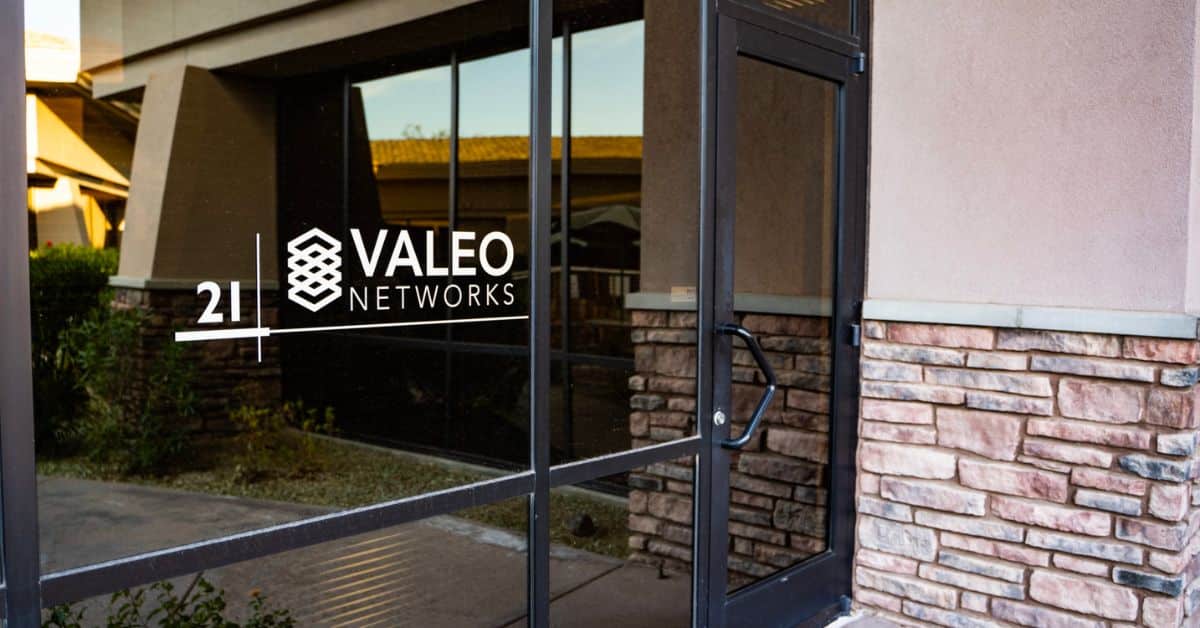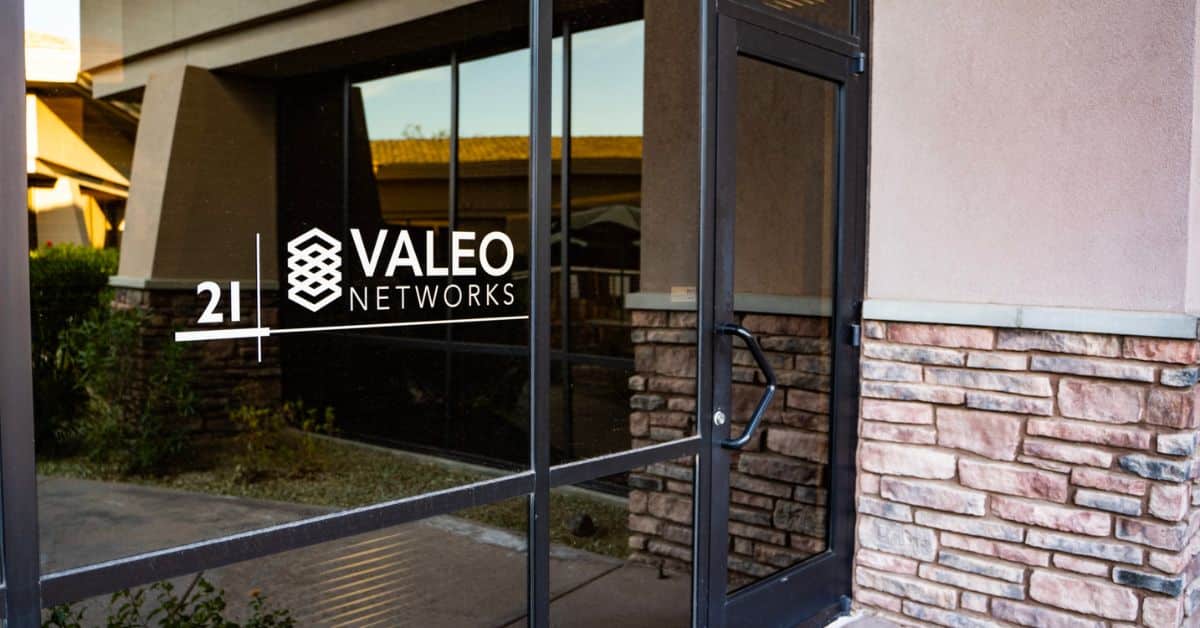OPM Hack Update
As a response to the OPM hack that occurred last December, Office of Personnel Management (OPM) Director Katherine Archuleta and Director of National...
Over a month has elapsed since the public was informed of the largest data hack in U.S government history. In the four (4) weeks it has been offline, the OPM said it has upgraded its security. The agency further enhanced password protections, secured the transmission of data within the application, and implemented additional protections against external threats. OPM has also promised at least three (3) years of credit monitoring and identity theft protection to the affected people.
With major incidents in recent months including the Sony attack, cyber attacks against the health care provider Anthem that compromised the records of some 80 million people, attacks against State Department and White House networks from suspected Russian government-linked hackers, and an Iranian-backed cyber attack against the Sands casino in Las Vegas, it is impossible to let your guard down. The best protection for hack victims ( you!) is to learn how to spot deception in emails, phone calls, and social interactions. “Every government employee, every victim, and every immediate family member of a victim need the training to recognize potential threats emerging from the compromised information,” advises a report on the hack’s national security ramifications by the Institute for Critical Infrastructure Technology.
Put these General Security Tips into daily practice so you do not become another statistic. Below you will find red flags to spot for and how to determine if the source is legitimate:
Don’t be a victim to cyberattacks!
Valeo Networks (Valeo Networks) is a Managed Services Provider that can help protect your organization. Contact one of our IT regional offices, California (805) 222-4977 or Florida (321) 604-6165 or check out our website for a full list of our offered services.
Resources
OnGuard Online: https://www.onguardonline.gov/phishing
OpenDNS Phishing Project: https://www.opendns.com/


As a response to the OPM hack that occurred last December, Office of Personnel Management (OPM) Director Katherine Archuleta and Director of National...

For those who are not familiar with ransomware or how it works, it is a kind of malware that locks critical digital resources and forces the owner to...

On June 4, 2015, U.S officials announced that the biggest government hack occurred last December. Hackers working for the Chinese state were...

With cutting-edge technology and quality customer service,
you’ll find everything you need to help your company soar
with Valeo Networks.
1006 Pathfinder Way
Rockledge, FL 32955
Business Hours:
M-F: 8AM-9PM
© 2025 Copyright Valeo Networks. All Rights Reserved.